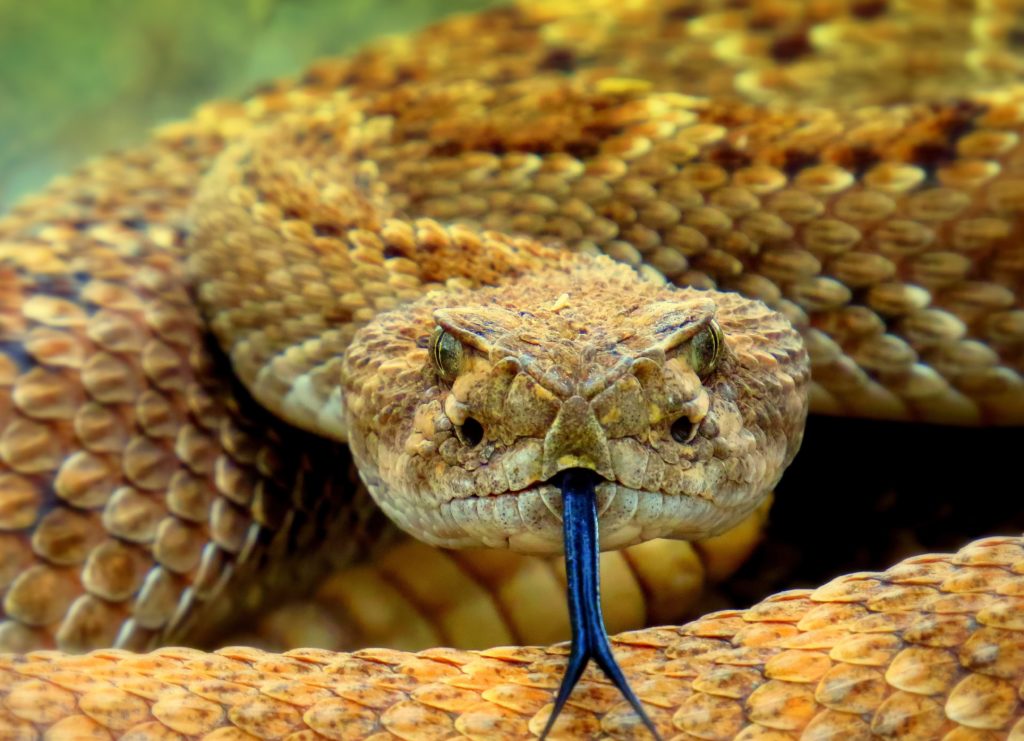Embarking on an outdoor adventure, whether it’s a leisurely hike or an extended backpacking trip, brings us closer to nature’s wonders. However, sharing the trails with wildlife, including snakes, requires a basic understanding of these reptiles to ensure a safe and enjoyable experience. In this guide, we’ll focus on how to identify venomous snakes, providing hikers with the knowledge they need to navigate the great outdoors confidently.
Know Your Region:
Before hitting the trails, it’s crucial to familiarize yourself with the local snake species in the region you’ll be exploring. Different areas have different venomous snakes, and understanding the local fauna enhances your ability to identify potential threats. Field guides and local park ranger offices are excellent resources for this information.
Head Shape and Eye Pupils:
Venomous and non-venomous snakes often have distinct head shapes. Most venomous snakes, such as vipers and pit vipers, have triangular heads, while non-venomous snakes typically have more rounded heads. Additionally, pay attention to the snake’s eye pupils. Venomous snakes usually have elliptical (cat-like) pupils, while non-venomous snakes generally have round pupils.
Color and Pattern:
While coloration can vary greatly within species, certain patterns and colors can be indicative of venomous snakes. Many venomous snakes exhibit bold and vibrant colors, often with distinctive patterns, as a warning to potential predators. However, exceptions exist, so it’s essential not to rely solely on coloration for identification.
Tail Characteristics:
The tail can be a helpful indicator when determining the potential danger a snake poses. Venomous snakes often have shorter tails compared to their non-venomous counterparts. Additionally, some venomous snakes possess a rattle at the end of their tails, such as the rattlesnake, serving as a clear warning sign when they feel threatened.
Behavioral Cues:
Observing a snake’s behavior can provide valuable clues about its venomous nature. Venomous snakes tend to exhibit more aggressive and defensive behaviors, such as coiling, hissing, and striking when they feel threatened. Non-venomous snakes, on the other hand, are more likely to retreat or use other defensive strategies.
Habitat Preferences:
Understanding the preferred habitats of venomous snakes can aid in identification. For example, many venomous pit vipers thrive in rocky or wooded areas, while others may prefer grasslands or swamps. Familiarizing yourself with the local terrain and the snake species that inhabit it can contribute to safer hiking experiences.
Conclusion:
Hiking and exploring the great outdoors can be a fulfilling and rejuvenating experience. By arming yourself with knowledge about venomous snakes and their distinguishing characteristics, you empower yourself to enjoy nature responsibly. Remember, if you encounter a snake on the trail, maintain a safe distance, appreciate its role in the ecosystem, and continue your journey with a heightened sense of awareness. Happy trails!

